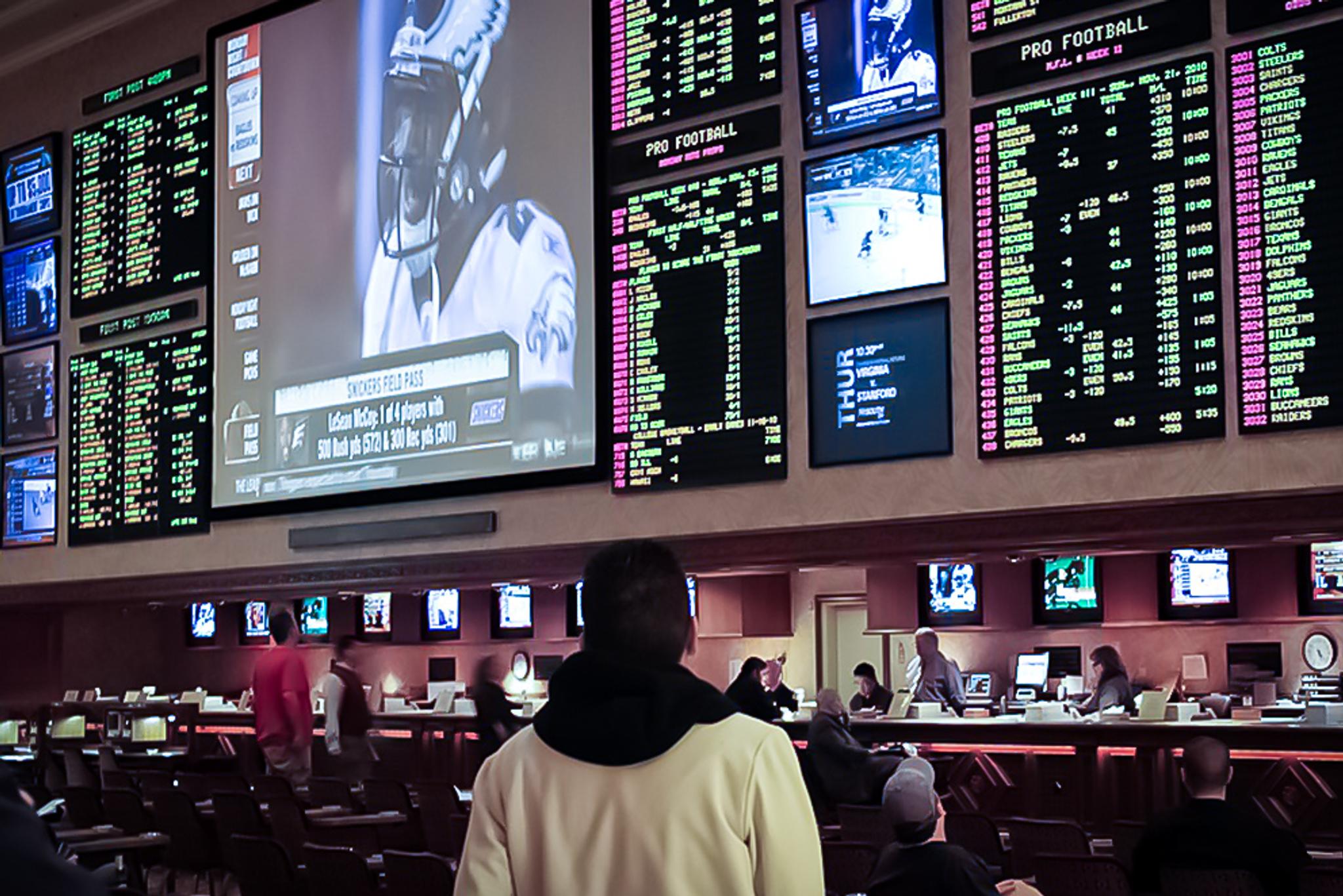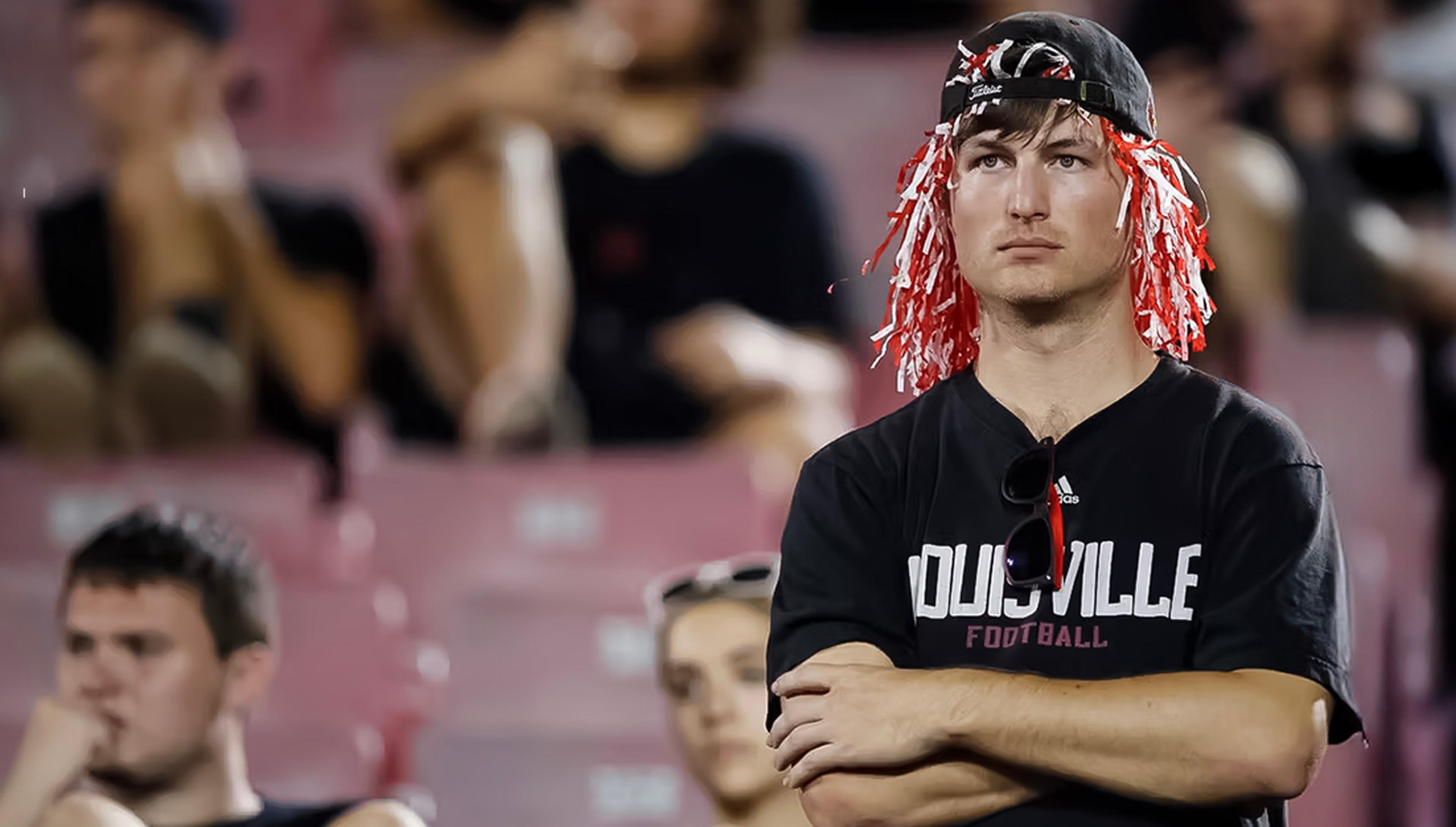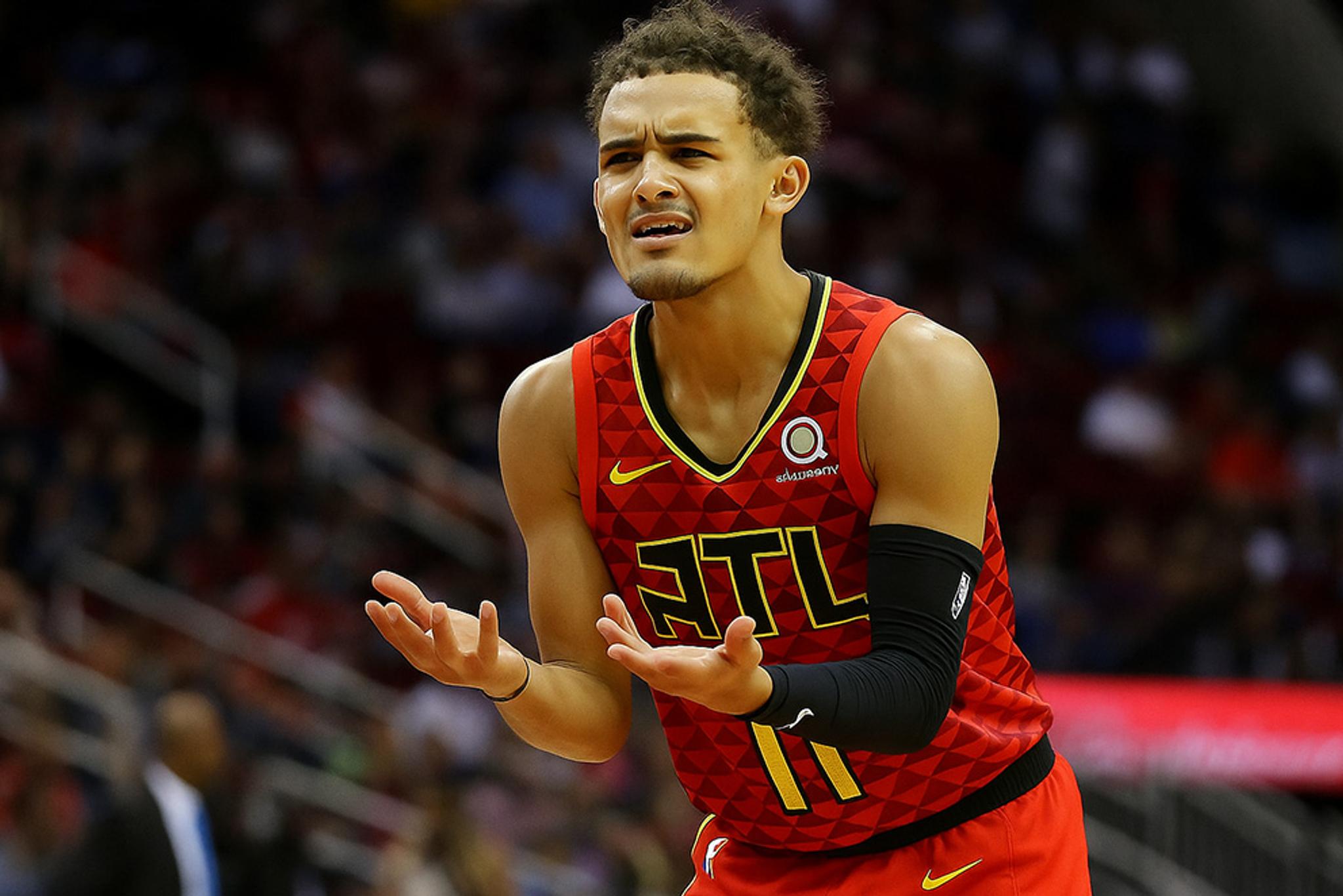The Closing Line Lie: Why Following 'Sharp' Money Isn't Actually Sharp


James White
Co-Founder of HotTakes
Two seasons ago, I thought I'd cracked the code. I discovered closing line value (CLV) and became obsessed with "betting like the sharps." Every Tuesday, I'd grab opening lines, then watch like a hawk for movement. When the Dolphins moved from -3 to -5.5, I'd slam Miami at the opener. When the under on Chiefs-Bills shifted from 52 to 48.5, I'd race to bet under 52.
I was so proud of my CLV tracking. My spreadsheet showed I was beating the closing number on 73% of my bets. I felt like Neo seeing the Matrix--finally understanding how the sharp money operated.
Then I looked at my actual results.
Down $1,847 for the season.
Seventy-three percent closing line value, but I was losing money hand over fist. Meanwhile, my buddy who "bet randomly" and couldn't spell CLV was up $900 betting favorites and overs like a total square.
That's when it hit me: I'd been chasing the wrong metric entirely. Closing line value had become a participation trophy for recreational bettors who wanted to feel smart without actually being profitable. I was so focused on beating the closing number that I forgot the only number that actually matters--my bank account balance.
The CLV Obsession: How Recreational Bettors Became Line Movement Sheep
Here's what happened over the past few years: social media "experts" convinced recreational bettors that closing line value was the holy grail of sports betting. Beat the close, and profits would follow. It sounded logical, scientific, and gave casual bettors a simple rule to follow.
The CLV gospel preaches these false commandments:
"Early Lines Are Always Soft": The belief that opening numbers are set by lazy oddsmakers who haven't done their homework yet.
"Line Movement Reveals Sharp Action": The assumption that every line move represents smart money hitting inefficient numbers.
"CLV Equals Long-Term Profit": The faith that beating closing lines automatically translates to beating the book.
"Following Sharp Money Is Simple": The idea that identifying and tailing professional action is straightforward and reliable.
But here's the reality check: most recreational bettors using CLV as their primary strategy are just following other recreational bettors who happened to bet earlier. They're not trailing sharp money--they're trailing other sheep who got to the slaughterhouse first.
Why the "Sharp Money" You're Following Probably Isn't
The biggest flaw in CLV obsession is the assumption that line movement always indicates sharp action. In today's betting environment, that's increasingly false.
What Actually Moves Lines:
1. Market Maker Inventory Management
Sportsbooks adjust lines to balance their exposure, not because they think the original number was wrong. When one book takes a big position, others might move lines to avoid similar liability.
2. Copycat Book Behavior
Smaller books often follow market leaders without independent analysis. When Pinnacle moves a line, others follow automatically, creating movement chains that have nothing to do with new information.
3. Public Steam Moves
Large recreational bets can create line movement that looks "sharp" but actually represents square money hitting books simultaneously. Social media tips and tout picks can create coordinated public action.
4. Information Arbitrage
Some line movement represents information advantages (injury reports, weather updates), but that information often becomes public quickly, eliminating any edge.
5. Algorithm Adjustments
Modern books use dynamic pricing that adjusts based on betting patterns, time until kickoff, and risk management protocols--not necessarily because sharp money entered the market.
The Reality: Much of the "sharp" movement that recreational CLV chasers follow is actually market noise, risk management, or other recreational money that happened to bet earlier.
The Three Fatal Flaws of CLV-Based Betting
Flaw 1: Confusing Process with Outcome
CLV feels like a process metric, but it's actually an outcome metric disguised as a strategy.
The CLV Trap: "I beat the closing line by 2.5 points, so this was a good bet."
The Reality: Good bets are based on analysis, research, and edge identification. The closing line is just what happened after you placed your wager--it doesn't validate your original reasoning.
Why It Matters: Focusing on CLV prevents bettors from developing actual handicapping skills. They become dependent on line movement instead of learning to identify value independently.
Flaw 2: Timing Edge Without Informational Edge
CLV chasers often capture timing edges without having any actual informational advantage.
The CLV Trap: Betting early lines just because they're early, not because you have unique insight into the game.
The Reality: Professional bettors move lines because they have information, analysis, or modeling advantages. Recreational CLV chasers are just betting at random times hoping to get lucky with line movement.
Why It Matters: Without an actual edge on the game itself, you're just gambling on whether your timing will look good in retrospect.
Flaw 3: Ignoring Market Context and Bet Sizing
CLV doesn't account for how much sharp money is actually driving line movement or what size positions professionals are taking.
The CLV Trap: Treating all line movement equally, regardless of the volume or type of money creating the movement.
The Reality: A 2-point line move on $50,000 of sharp action is completely different from a 2-point move on $500,000 of public money. CLV metrics don't distinguish between these scenarios.
Why It Matters: You might be following massive public money while thinking you're tailing sharp action.
How Sharp Money Actually Works (And Why You Can't Follow It)
Real sharp money operates nothing like the CLV mythology suggests. Professional bettors aren't just early adopters grabbing soft openers--they're sophisticated operations with significant informational and analytical advantages.
The Actual Sharp Money Process:
1. Proprietary Information Sources
Professionals have access to injury reports, insider information, and data sources that aren't publicly available. They're not just reading ESPN and betting early.
2. Advanced Modeling Systems
Sharp operations use complex algorithms, power ratings, and projection systems that casual bettors can't replicate. Their edge comes from better math, not better timing.
3. Market-Making Relationships
Large sharp bettors often work directly with market-making books, getting better lines and limits than retail customers can access.
4. Diversified Approaches
Professional operations spread action across multiple books, bet sizes, and strategies. They're not just hammering early lines--they're managing complex portfolios.
5. Risk Management Sophistication
Sharp money includes stop-losses, hedging strategies, and position sizing that recreational bettors don't understand or implement.
The Bottom Line: Even if you could identify real sharp action, you likely can't replicate the information, analysis, bankroll management, and market access that creates their edge.
The CLV Paradox: Why It Works for Pros But Fails for Amateurs
Here's the twist: closing line value actually is important for professional bettors. The difference is that pros generate CLV as a byproduct of their edge, while amateurs chase CLV as a substitute for having an edge.
For Professional Bettors:
CLV validates that their information/analysis advantages are being reflected in market movement
It's a measurement tool, not a betting strategy
They already have edges before worrying about line timing
For Recreational Bettors:
CLV becomes the strategy itself, not a measurement of actual edge
They're betting based on timing rather than information or analysis
They mistake correlation (good bets often have CLV) for causation (CLV makes bets good)
The Paradox: Chasing CLV as a recreational bettor often leads you to bet games you haven't properly analyzed, at sizes you can't justify, for reasons you don't understand.
The Real Market Inefficiencies CLV Chasers Miss
While recreational bettors obsess over line movement, actual betting edges exist in areas that have nothing to do with opening versus closing numbers.
Where Real Value Actually Lives:
1. Situational Spots
Revenge games, scheduling advantages, motivational edges, and coaching matchups that don't show up in power ratings but affect game outcomes.
2. Public Bias Exploitation
Identifying when popular teams are overvalued due to media attention, recent performance, or casual bettor preferences.
3. Market Segment Analysis
Understanding which bet types (totals vs spreads vs props) are priced efficiently and which contain structural inefficiencies.
4. Information Arbitrage
Using publicly available information (depth charts, weather reports, coaching tendencies) that books price incorrectly or slowly.
5. Contrarian Timing
Betting against extreme public positions at optimal moments, regardless of opening line relationships.
Your Anti-CLV Strategy: Focus on Edge, Not Movement
Step 1: Develop Independent Analysis
Build handicapping skills based on your own research, not line movement. If you can't explain why you like a bet without mentioning the line movement, don't bet it.
Step 2: Identify Your Information Edges
Focus on areas where you have legitimate advantages--local team knowledge, specific sport expertise, or data analysis skills that create actual value.
Step 3: Time Your Bets for Maximum Edge
Bet when your information is most valuable relative to the market's knowledge, not when lines first come out or before they move.
Step 4: Track What Actually Matters
Measure win rate, return on investment, and unit profit. CLV can be interesting supplementary data, but it shouldn't be your primary success metric.
Step 5: Build Your Own Sharp Process
Create systematic approaches to identifying value based on analysis, not on following other bettors' timing patterns.
The Closing Line Truth: It's About Edge, Not Timing
The real lesson isn't that CLV is worthless--it's that CLV without edge is meaningless. Professional bettors achieve positive CLV because they have informational or analytical advantages that the market eventually recognizes. Recreational bettors who chase CLV without developing those underlying advantages are just playing a more sophisticated version of roulette.
The key insight: Instead of trying to follow smart money, focus on becoming smart money. Instead of chasing line movement, create the analysis that should drive line movement.
The hard truth: Most recreational bettors would be more profitable ignoring CLV entirely and focusing on developing actual handicapping skills, bankroll management, and edge identification.
Stop chasing shadows in line movement. Start chasing actual edges in game analysis. Your long-term profitability depends on what you know, not when you bet.
The closing line isn't lying to you--but your obsession with beating it might be lying to yourself.
Ready to stop following the crowd and start finding real edges? Join the HotTakes community for market inefficiencies that don't require perfect timing. Download the app and turn your sports knowledge into actual profits.
Continue the Journey
with More Expert
Insightsmore Articles

Revenge Betting: Why Your Worst Losses Lead to Even Worse Decisions
Mental Edge
Why Primetime Games Are Sharp Money's Favorite ATM Machine
Market Inefficiencies
The Confidence Cascade: Why Hot Streaks Lead to Cold Reality Checks
Mental Edge
The Player Prop Goldmine: How Books Profit from Fantasy Football Thinking
Market Inefficiencies